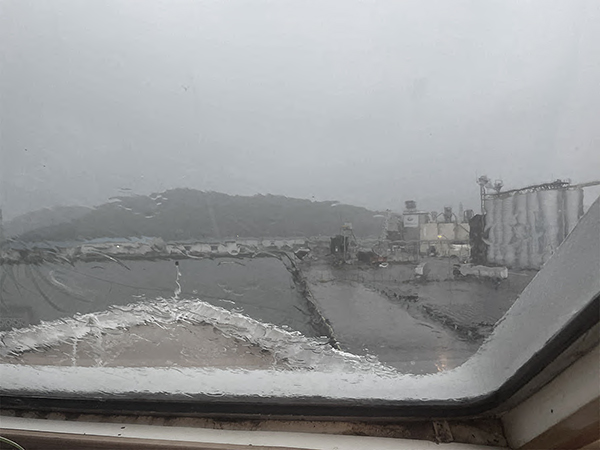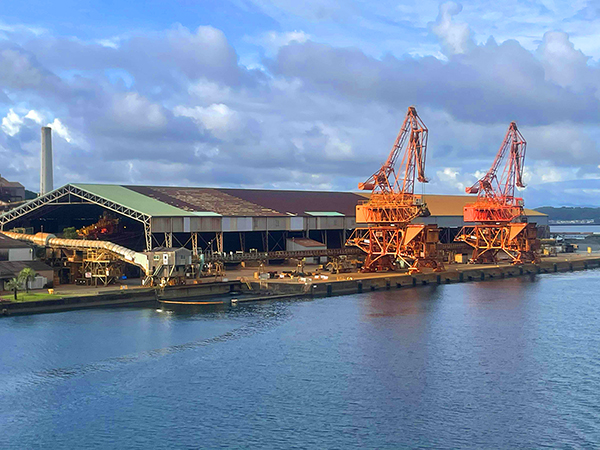

|
|
 |
 |
|
September 4-5 2025 Marti Eicholz At Cape Hyuga, eroded rocks form a cross-shaped pattern in the sea, mirroring the Japanese character for “fulfill.” A nearby rock completes the “叶” (kanae) symbol, representing wishes coming true. At the observatory, you can ring the "Bell of Cruz," sending your hopes skyward. The Saitobaru Burial Mounds are among Japan’s largest, surrounded by flower fields that bloom with cherry trees, field mustards, sunflowers, and cosmos throughout the seasons. A stroll through Hososhima begins at the wharf and leads to historical landmarks like the Old Takanabe-ya Inn, now a museum, and the Hososhima Port Museum. Nearby, you can explore Myokoku-ji Gardens and Mihoko Shrine. Designated a National Site of Scenic Beauty, Myokoku-ji Gardens feature a rare dry landscape pond centered around a centuries-old sago palm and a legendary 1,100-year-old cycad tree. The temple grounds are connected to the historic Sakai Incident and the famous tea master Sen no Rikyu, offering a tranquil space for reflection. Perched atop a hill, Mihoko Shrine enshrines Hachiman-no-Mikoto (Emperor Ojin), revered as the god of safe journeys. From its vantage point, the shrine overlooks Hososhima Port. Mimitsu retains its old-world charm with white-walled buildings lining cobblestone streets. The Hyuga City History and Folklore Museum and Tateiwa Shrine are highlights for visitors. As the Odyssey departs the blend of traditional architecture and natural beauty leaves a lasting impression…once the thunderstorms cleared. For those seeking a peaceful Japanese experience, Hososhima offers sunshine, blue seas, and a tranquil atmosphere. Photo: A taste of the Hososhima gloom courtesy of Ed Poole. The Sea of Cruz, a natural formation where waves have eroded rocks into a distinct cross shape, a power spot, for making wishes for good luck. Bell of Cruz, ringing the bell, sending hopes and wishes to heaven. |
|
Copyright © 2025 All rights reserved |